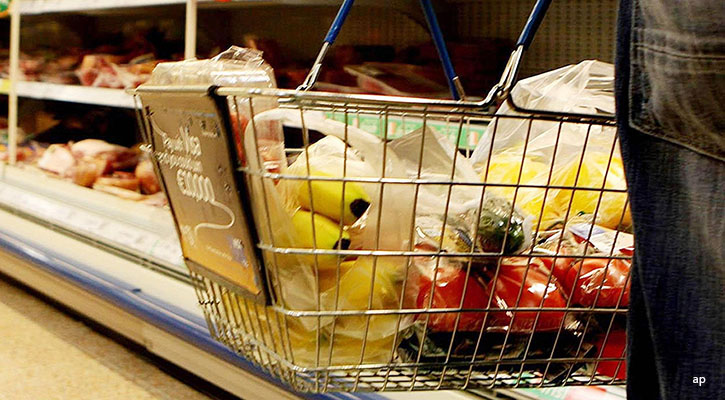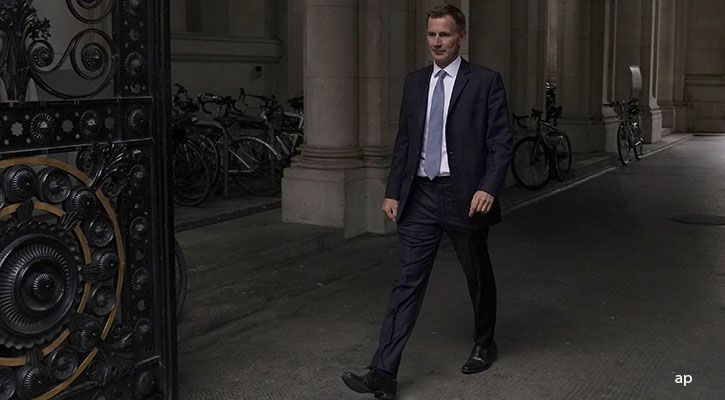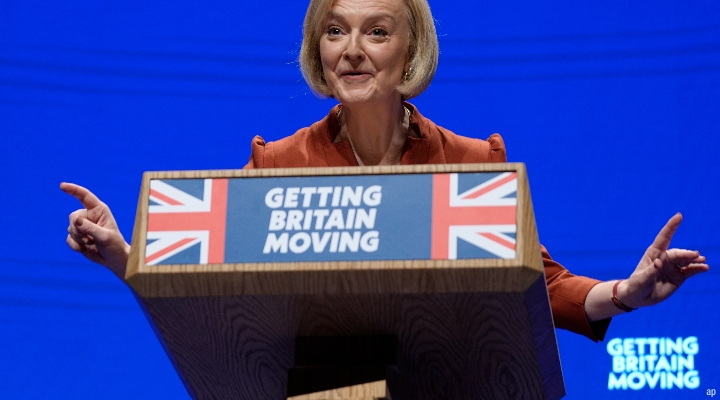
Rising food prices have pushed inflation back above 10% in September, according to the Office for National Statistics.
The Consumer Price Index (CPI) was up from 9.9% in August to 10.1% in September, returning to the same rate as recorded in July.
The latest figure came in marginally higher than expected, with a reading of 10% foreseen by the market, according to FXStreet.
The ONS cited rising food prices as the main driver to the change in the annual inflation rates between August and September. But, this was partially offset by the continued fall in the price of petrol, which made the largest downward contribution to the change in the rates.
On a monthly basis, CPI rose by 0.5% in September 2022, compared with a rise of 0.3% in September 2021.
The latest reading is likely to ensure another chunky rate hike by the Bank of England next month, potentially even a 75 basis point lift to the bank rate.
The BoE on Tuesday pushed back the sale of government bonds to November 1 due to the fiscal announcement expected by the UK’s new chancellor Jeremy Hunt later this month. The central bank had been due to start selling gilts on October 31.
The BoE had initially dismissed a report from the FT which stated it would delay a planned sale of £838 billion of UK government bonds purchased under a quantitative easing programme.
September inflation numbers are usually used to benchmark rises in pensions and benefits, but the chancellor has yet to confirm whether this will happen. The "triple lock" for pensions is meant to ensure that the state pension rises higher than inflation, earnings or 2.5% - whichever is higher. But both Jeremy Hunt and Liz Truss have this week refused to commit to the triple lock.
The pound traded back below the $1.13 mark, having spent much of Wednesday morning above it during Asian trade.
Inflation Could Normalise Soon
According to Steve Windsor, principal at Atrato Group, it’s important to remember that inflation is a year-on-year measure, and so the base effect of higher inputs disappears over a 12-month period.
“We will likely start to see the energy price component of the inflation basket begin to normalise over the coming months, particularly as we get through the anniversary of the start of the war in Ukraine in February.”
However, he adds that an increase in mortgage costs could be the next driver, particularly as many fixed-rate mortgage periods roll off.
Import costs could be another upwards contributor as a rise exacerbates inflation – the pound is still down about 17% on against the dollar, despite the recent recovery.
Rachel Winter, Partner at Killik & Co, says: “The longer-term inflationary outlook is not good for Britain, despite the very recent reversal of the planned tax cuts. While changes to the duration of the energy bill price cap will help to limit the level of government debt, we are likely to see higher energy bills feeding into the inflation number when the freeze comes to an end in April.”
Hugh Gimber, global market strategist at J.P. Morgan Asset Management, said that the Bank of England will now need to demonstrate that it is serious in tackling inflation as it has recently been forced to address the urgent issue of volatility in bond markets.
“Rate hikes will be the primary tool to tighten monetary policy, with a 75 basis point increase the bare minimum that will be necessary when the Monetary Policy Committee next meets on 3 November. Any decision on balance sheet reduction will need to place far more weight on financial stability. Bond markets are unlikely to tolerate significant sales of gilts, and as such we see a high likelihood that quantitative tightening plans are parked in the near term.”




























